This plant can be found on the windowsill in almost every home. This is especially true of the housing of the people of the older generation. Homemade Aloe is not only a beautiful and original flower, but also a medicinal plant, which is treated by many diseases. On how to grow aloe vera at home, let's tell later.
Aloe at home - description and variety
This interesting and extremely useful shrub has a large number of species, many of which are listed in the Red Book and are on the verge of extinction. Many of the species of this plant, including Aloe Vera, grow great as room colors, decorating the room.
Varieties of this culture:
- Aloe folded. One of the most popular houseplants. The diameter of its sockets can significantly exceed half the meter. It is a bush with split stems. Folded aloe leaves are located in 2 rows of 10-15 each of them. The length of the leaves can reach 30 cm. This type of aloe does not have medicinal properties, however, it blooms very beautifully, which allows it to be used in decorative purposes. For the summer, folded aloe can be planted on a flowerbed, making it very interesting, and on the winter period to transplant in a spacious pot and stored at room temperature in a well-lit place.
- Aloe dichotomous. This plant is absolutely not similar to all other types, as it is an evergreen tree that can reach height to 9 m. Naturally, it is almost impossible to grow it at home.
- Aloe Elena. Very often occurs at home. In the wild, grows on the island of Madagascar in the province of Tuliar. Unfortunately, Aloe Elena refers to the disappearing type and in the natural habitat occurs less and less.
- Aloe Suzanne. Also refers to extinct species. It is grown in nurseries in Madagascar total in several copies.
- Aloe ostic. Plant, which is often applied for medical purposes. Applies a bush with a rosette diameter to 80 cm. The leaves in the plant of this species are narrow, long and bend up. The color of the leaves is light green, on both sides, they are covered with light spots and stripes.
- Aloe vera. This plant is most often grown at home. In some sources, it is called Aloe Real. It is a bush with a diameter of a socket about 60 cm. Aloe leaves of medium width, along the edges with small spikes. Juice that is contained inside the leaves is widely used in cosmetology and traditional medicine.
Aloe: Growing at home
Since this plant does not differ by its fortunefulness, with its cultivation can easily cope and beginner gardener. For normal growth, the bush needs to know how to care for Aloe at home. So that the plant develops normally, it needs to be provided:
- Right and timely watering. How to pour aloe at home? So, although the plant can easily do without water for several weeks, timely irrigation will make its growth stable, and the leaves are more juicy.
- Sufficient lighting. For plants of this species, a sufficient amount of light is a prerequisite for normal growth. Without it, the bush begins to degrade, stretch. Hold a pot with aloe is needed from southern or south-east. In winter, when natural lighting is not enough, the plant needs to highlight daylight lamps.
- Normal temperature. In the summer, this plant feels fine at any temperature, so it can be reached on the balcony and put place in precipitated and drafts. In winter, the plant is stored at room temperature. A bush in this period is at rest, so the temperatures from + 14⁰c is quite enough.
Planting order:
- Landing Aloe Vera at home must be carried out in fairly spacious pots. The plant needs special soil, the composition of which resembles a soil for growing cacti. It can be purchased in a flower shop, and you can do it yourself. In no case in the soil mixture for planting Aloe Vera should not add peat.
- The root system of the plant is very painful refers to its presence in the soil. To prepare the soil, it is necessary to mix 2 pieces of the turf, 1 part of coarse sand, 1 part of humoring and as many leaf land. To ensure a better drainage on the bottom of the tank, broken cuttings, slices of a cutter or pebbles are placed.
- When the ground mixture is ready, it makes a small recess and smelling slightly with water. Aloe seedlings are inserted into it and cheat, slightly tamping the soil.
- One of the most important conditions for the normal growth of this plant is a sufficient power area of \u200b\u200bthe root system. If the landing was carried out into a small pot, after one year the plant should be transplanted into a more spacious. That is why, if there is an opportunity, it is better to immediately plant a plant into a large container.
How to multiply aloe at home
The reproduction of Aloe Vera at home is carried out in several ways:
- With the help of seeds.
- With the help of top shoots.
- With the help of cuttings.
- With the help of a row.
The reproduction of the plant by seeds is carried out early in spring. As soon as they ripen, they are collected and planted in small containers with a mixture of turf, leaf land and sand in the proportion of 2: 1: 1. From above, the soil is moistened with a pulverizer. Capacities can be covered with a film that from time to time should be lifted to control the landing and moisten the soil. After the seedlings appeared, the film can be removed and rearrange the container on the window from the sunny side. It is necessary to water them moderately, only slightly moisturizing soil.
When the seedlings are growing, they must be transplanted on individual pots. The composition of the soil should be the same as in the container for the germination of seeds.
Reproduction with cuttings, in contrast to the previous method, can be carried out at any time of the year. To do this, you need to cut the cuttings of the plants from healthy and ripened shoots. Their length should be at least 10 cm. Cut the material only with a sharp knife. The cut place is processed by wood coal powder, after which the seating material is laid out in the shaded place for graze. As soon as the location of the cut will dry, the cuttings are planted into the ground at a distance of at least 5 cm from each other. After the appearance of the first roots, the irrigation intensity is reinforced. After 7-10 days, the cuttings can be transplanted into individual pots.
The reproduction of the top cuttings is practically no different from the previous method. The top cuttings gently cut off with a sharp knife and give him a little tap. After that, transplanted into a separate pot, filled with substrate. As soon as the plant gives the roots, the intensity of irrigation increases.
How to send aloe at home
To the bush of the plant always had a beautiful view, it is necessary to disassemble it from time to time. As a rule, adults are distributed at a periodicity of 3-5 years. The plants transplant procedure is not too complicated. A drainage is laid in a new more spacious pot and a small layer of substrate is sleeping. The bush carefully shake out of the old pot and carefully believes the ground from the root. After that, it is put in a new pot, falling asleep with the substrate root system.
How to use aloe at home
- Aloe Vera is a unique plant, because its juice contains a huge number of different chemicals. That is why it is widely used in medicine and cosmetology. Due to the choleretic and diuretic properties, Aloe is useful for urolithiasis and biliary diseases.
- From the shoots Aloe make juice (simple spin), Sabar (diiled juice), extracts. Juice at home apply for the manufacture of cough drugs, for the prevention and treatment of tuberculosis, to improve immunity.
- It is important to remember that the value of aloe vera juice has only a few hours after squeezing. Therefore, cut the leaves and do it only before use. Mixing the juice of the plant with several drops of lemon and a spoonful of honey, you can get an excellent tool for strengthening the body.
Culture is also useful in treating skin diseases. In particular, the paste is superimposed on the affected places, made of leaves. In addition, there are baths with decoction of leaves and stems. For the same purpose it takes inside. It is important that there are no side effects. - Aloe is useful for various eye diseases. For this, several leaves of cultures are soaked in water and washed with her eyes with barley, conjunctivitis, various jackets, as well as other eye diseases.
- Fixes with culture juice are used to quickly heal postoperative wounds, and with regular use of aloe, you will be protected from smallpox.
- In addition, Aloe is efficiently used in the treatment of cough and cold. Aloe casting in dried form, being mixed with grain, will prevent from getting into grain of various insects and can even get rid of existing ones. In addition, Aloe seriously helps with cough, gastroenteritis, cholera, rheumatism, measles and rheumatism. Aloe is also able to destroy worms.
Diseases and pests when growing Aloe at home
Even with the cultivation of Aloe Vera at home, this plant can get sick. One of the main factors that can cause a plant disease is the wrong care.
Too frequent watering often provokes the appearance of fungal diseases, such as rotten roots. Watering Aloe at home is recommended no more than 2 times a month. At moderate temperatures, it is advisable to wait for the soil.
The disease of the root rot may lead to the death of culture. It is possible to cure a plant only at the initial stage of illness. It is possible to recognize it according to the following features:
- Relief delay.
- Traces rotted at the bottom of the bush.
- Furious shootings of shoots.
If these symptoms appear, it is necessary to conduct root surveys. For this, the plant is extracted from the pot, clean the roots from the ground and inspect them. If the root did not rot on completely, it is cut, and the remaining parts of wood coal or ash are sprinkled. You can add them to the ground. Plant transplant only in a new pot with a new substrate.
If the root has rotted completely, then from the plant you can cut several cuttings, and the rest of the parts are thrown. It is hardly able to save him.
From pests most often delivered:
- Cute tick. At the expense of its small size is almost invisible on the plant. A distinctive feature of its activity is the appearance of a web on the shoots of the plant. At the very beginning of the disease, the leaves are painted in the yellow color that many gardeners are written off the insufficient watering, but with the course of the disease, shoots become aluminum. Fighting with the tick should be carried out at the earliest stages of the disease. Otherwise, it quickly multiplies and can deliver problems not only aloe, but also to other indoor plants. As prevention during the care of Aloe at home, it is possible to wipe the shoots with a weak alcohol solution, or a spraying of garlic tincture. Treatment is carried out by spraying with special preparations - acaricides (accent, Bi-58, Bimmer, etc.).
- Shield. Despite small sizes, it is easy to notice in the form of small brown dots on shoots. The plant looks oppressed, its ability to photosynthesis is reduced. Over time, leaves are yellow and die away. At the first signs of the disease, the plant is isolated to another room until complete recovery. Treatment is carried out by spraying with garlic infusion or wrapping with soap-oil solution. For this, liquid soap and engine oil are mixed in equal shares, they are processed by the plant and covered with polyethylene. The procedure is carried out for several hours. If necessary, repeat after 10 days.

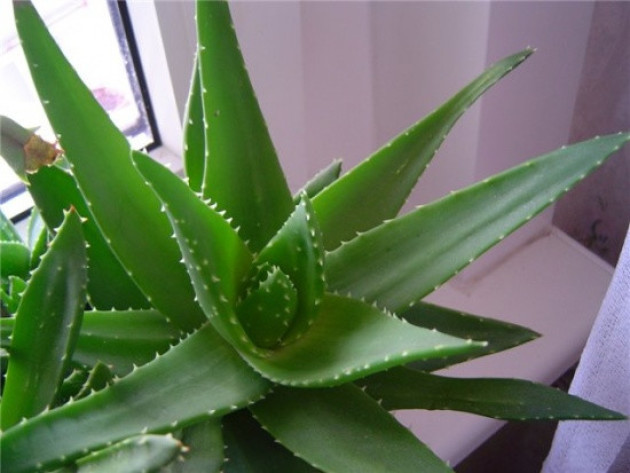
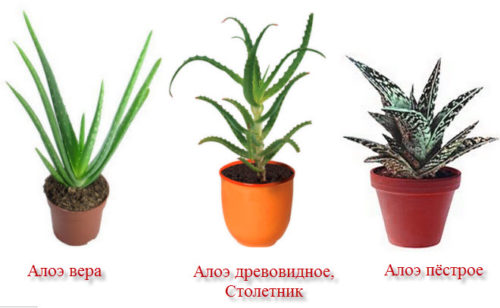
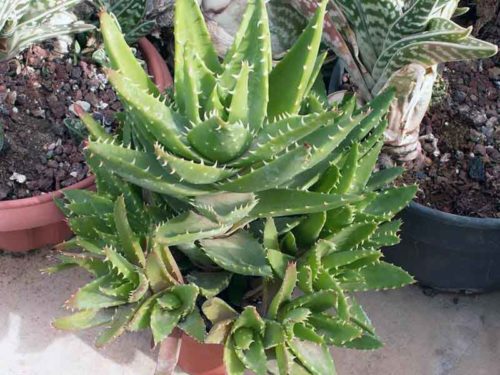

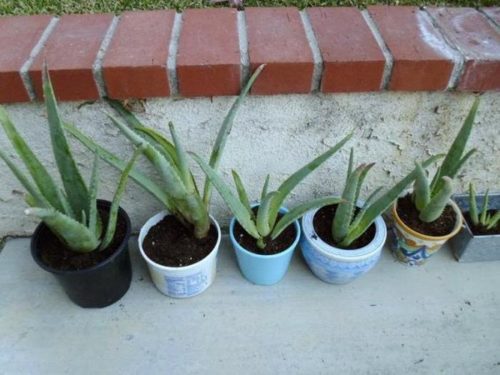
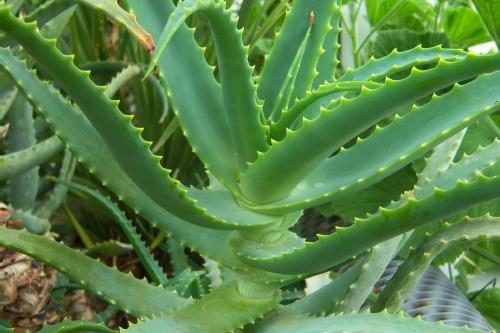
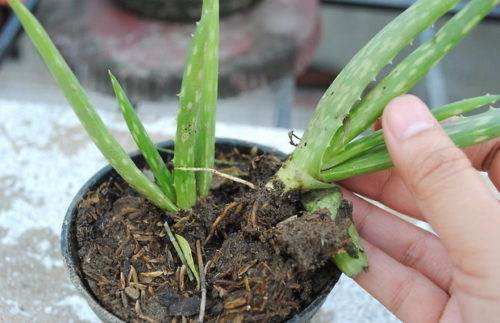
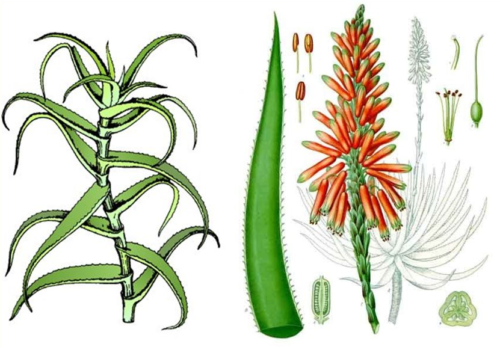
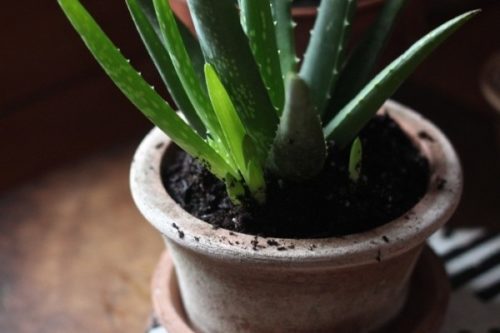
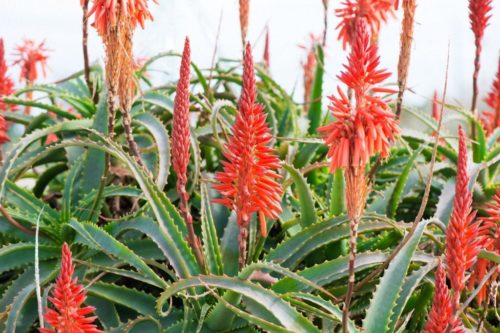
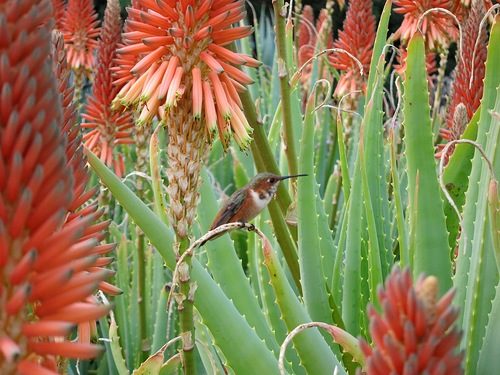
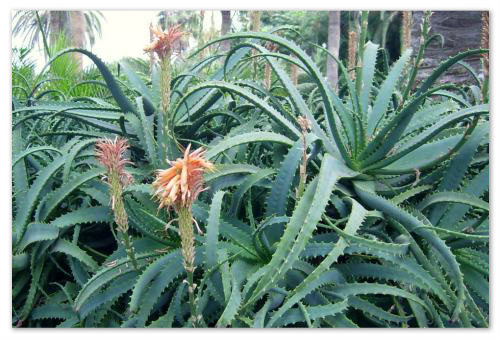
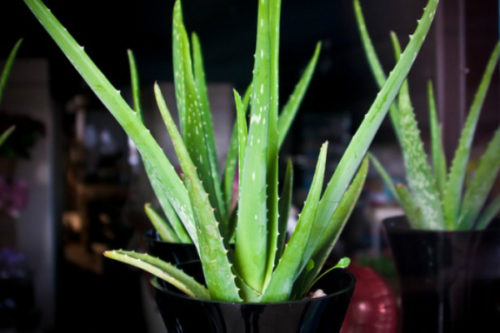












 Start a discussion ...
Start a discussion ...